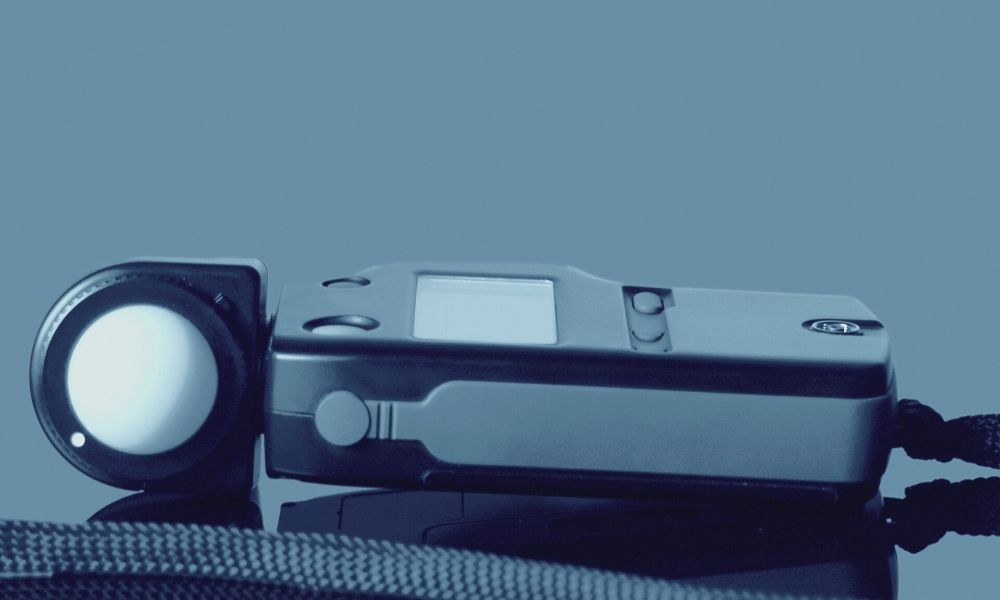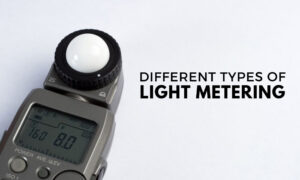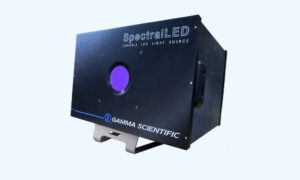Cameras are powerful tools. Most of us don’t even realize how much work goes into capturing the perfect shot. We simply put our fingers over the button and click. Yet, there’s so much more that goes into taking a stunning picture. Photographers and camera manufacturers know this all too well. For example, the field of photography wouldn’t be the same without something called light meters. This brief article will explain the difference between the handheld light meters and in-camera light meters. Both are important devices that every expert photographer needs to improve their work.
In-Camera Light Meters
Every camera manufacturing company knows how important it is that cameras have a light meter in them. Light meters measure the amount of light for a particular scene where you plan to take a picture. These devices help photographers determine how the light will affect the image they’re trying to capture. In-camera light meters preform reflective light metering; they measure the light that reflects off of a subject. Reflective light metering is essential because it helps photographers get a better sense of the entire scene. These devices also help photographers take photos from far away because it captures the light of an entire area. However, there are some drawbacks to in-camera light meters. In-camera light meters typically only perform as a reflective light meter—not an incident light metering. Also, photographers must adjust their in-camera light meters depending on the scene they’re trying to capture. Most in-camera light meters are set to about 18% gray tone. This means that cameras are set to a medium tone; they can’t perfectly capture any image that’s too bright or too dark. For example, if someone wanted to take a shot of a crisp white snowfall, they’d need to adjust their in-camera light meter to take in all that brightness. Depending on the scene the person is trying to shoot, they may need to adjust these devices.
Handheld Light Meters
Handheld light meters are another essential tool that every experienced photographer must know how to use. Unlike light meters that come built into a camera, handheld light meters are better for incident light metering. Incident light metering measures the amount of light that’s falling onto a subject, rather than the light that’s reflecting off of it. Handheld light meters are much better for taking close up images, such as portraits. Moreover, handheld light meters aren’t as easily fooled as devices that are built into a camera. Handheld light meters are much better at determining exposure rates. While you may need to adjust an in-camera light meter to read an entirely white snowfall, handheld light meters can automatically adjust to read the scene perfectly. You don’t have to change the settings because the tools are set to read a “grayer” tone. You can simply use the device, and it will tell you everything you want to know about the light falling onto a subject. Yet, it still important that preform light meter calibration on this equipment, so they can capture the clearest image possible. Although users do not need to adjust handheld light meters for “grayness,” it’s still critical to adjust these devices to each particular image. However, because this equipment is best for close up shots, every photographer should have both a handheld and an in-camera light meter.





